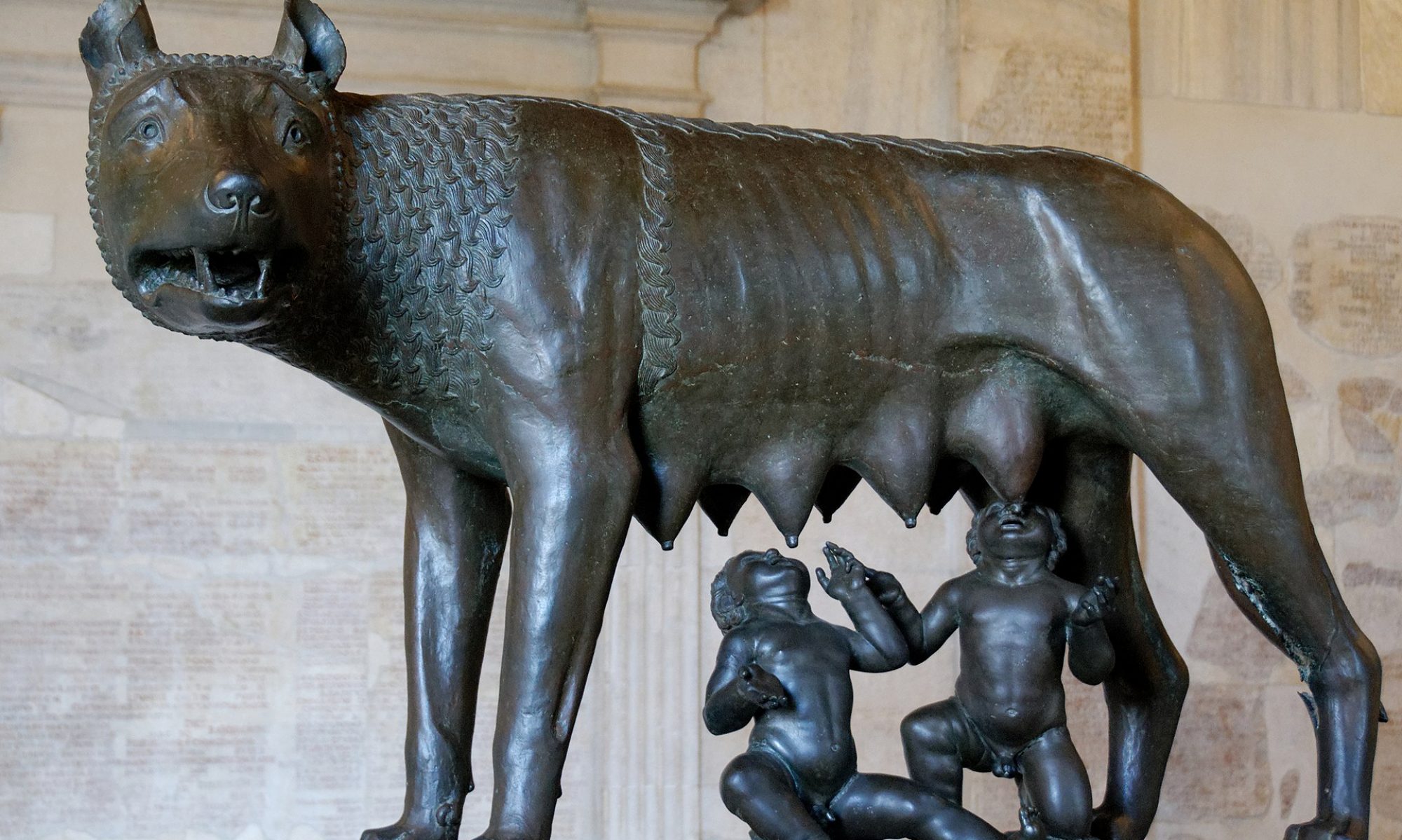
The Bowdoin Polar Bear
This piece is a taxidermied polar bear that sits in a large glass case in the hallway of Bowdoin’s athletic complex. This bear was presented to Bowdoin by Donald B. MacMillan, an alumnus from the class of 1897, who brought the bear back from an expedition to the North Pole and presented it at the 1917 commencement dinner—dubbing it the “King of the North.” In his speech at this dinner, MacMillan described his experiences with indigenous tribes of the Arctic who carried amulets with them at all times. Each amulet (a leather pouch worn around the neck) held the fur, feathers, or claws of an animal, and the indigenous peoples believed that this amulet held one’s protective guardian spirit. MacMillan explained that only the strongest and most fierce warriors had “the orientation of the mighty polar bear.” He then went on to explain in more detail the prowess of the polar bear:
“The selection of the King of the North as a Guardian Spirit of Bowdoin Athletics, Bowdoin has selected well. Upon him, she can place her trust. His courage has never failed. His strength is beyond belief. His vitality is astounding. Seen a hundred miles from land swimming with long easy strokes, not a particle of ice in sight; seen in a gale in Baffin Bay on an ice pan, almost concealed by flying spray freezing as it strikes; seen in the darkness of the long winter night with a temperature at fifty and sixty below zero. And seen in the spring, mounted on an iceberg looking out over glittering icefields, he seems an inherent part of the Great White North, a superb living symbol of it all.”
MacMillan’s worship and celebration of the polar bear create an image of might and majesty for the animal. He contextualizes the polar bear in terms of the arctic tribe’s spiritual reception, and draws that powerful image of an untamed and powerful animal into the sphere of Bowdoin. In killing the bear and “mastering” it, he shows his own power and abilities (like King Ashurnasirpal) but this is not MacMillan’s focus. Instead, he uses the physicality of the taxidermied polar bear to create a massive amulet for all of Bowdoin—as seen in his parting words of “May his spirit be the guardian spirit not only of Bowdoin Athletics but of every Bowdoin man.” This commemoration of polar exploration is not a simple show of physical strength by defeat of a wild animal, it is an attempt to develop a spiritual link between Bowdoin and the polar bear. We are not stronger than the polar bear; we are not admirer’s of the polar bear; we ARE the polar bear.
